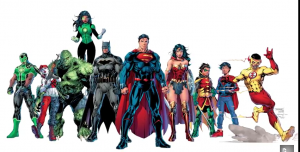 It’s the first full week of DC Comics: Rebirth, and not a single Watchmen character appears in those issues, so we decided it would be a good opportunity to complain again about Watchmen characters appearing in the DC Universe.
It’s the first full week of DC Comics: Rebirth, and not a single Watchmen character appears in those issues, so we decided it would be a good opportunity to complain again about Watchmen characters appearing in the DC Universe.
Specifically, it was revealed this week that DC Comics didn’t contact Watchmen artist Dave Gibbons to ask him his opinion about adding Watchmen characters to Dc Universe: Rebirth. So we talk about whether that was a bush league move (protip: yeah), some of the history around DC leaving Watchmen alone, and whether DC Editorial really had any choice in asking for Gibbons or writer Alan Moore for even a half-hearted blessing in using their characters in Rebirth.
Then, since we were on a Rebirth roll, we discussed all this week’s titles from that event:
- Superman: Rebirth #1, written by Peter Tomasi with art by Doug Mahnke,
- Green Arrow: Rebirth #1, written by Benjamin Percy with art by Otto Schmidt,
- Green Lanterns: Rebirth #1, written by Geoff Johns and Sam Humphries with art by Ethan Van Sciver and Ed Benes, and:
- Batman: Rebirth #1, written by Scott Snyder and Tom King with art by Miken Janin.
And, just so Marvel doesn’t feel neglected, we close the show by talking about:
- Civil War II #1, written by Brian Michael Bendis with art by David Marquez!
And, as always, the disclaimers:
- This show contains spoilers. If you want to avoid knowing how the DC: Rebirth books end (spoiler alert: no matter what happens, it probably won’t matter next month), then consider yourself warned.
- This show contains adult, profane language, and is therefore not safe for work. You want your mom to know what “giddy bottom” means? Get some ear buds.
Podcast: Play in new window | Download (Duration: 1:34:08 — 92.2MB)
Subscribe: Apple Podcasts | Android | Google Play | Stitcher | TuneIn | RSS | More
Thanks for listening, suckers!
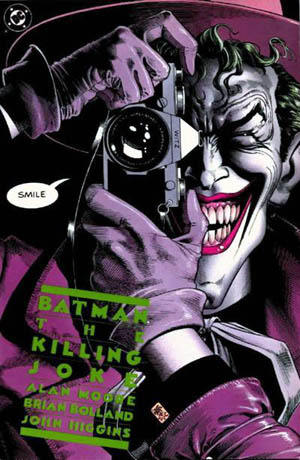
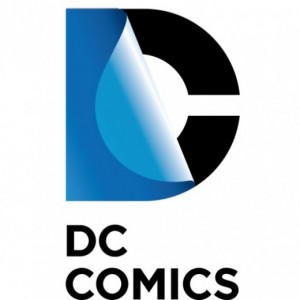

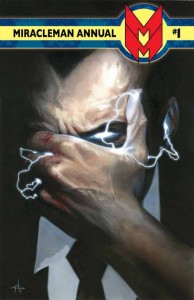
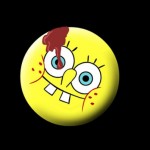
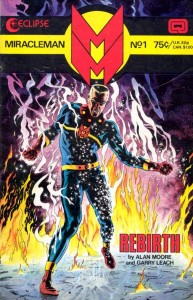

 Podcast RSS Feed
Podcast RSS Feed iTunes
iTunes Google Play
Google Play Stitcher
Stitcher TuneIn Radio
TuneIn Radio Android
Android Miro Media Player
Miro Media Player Comics Podcast Network
Comics Podcast Network